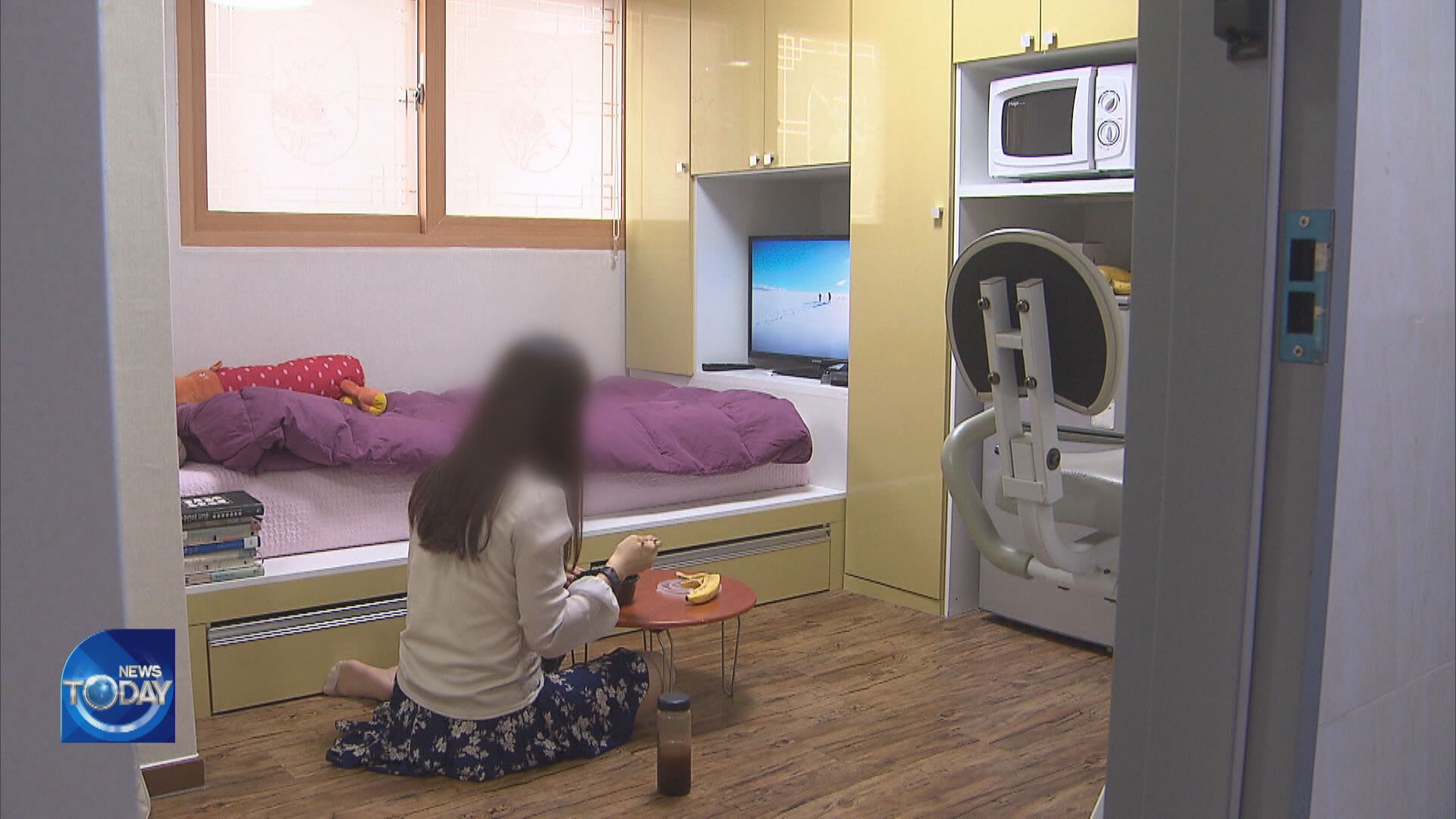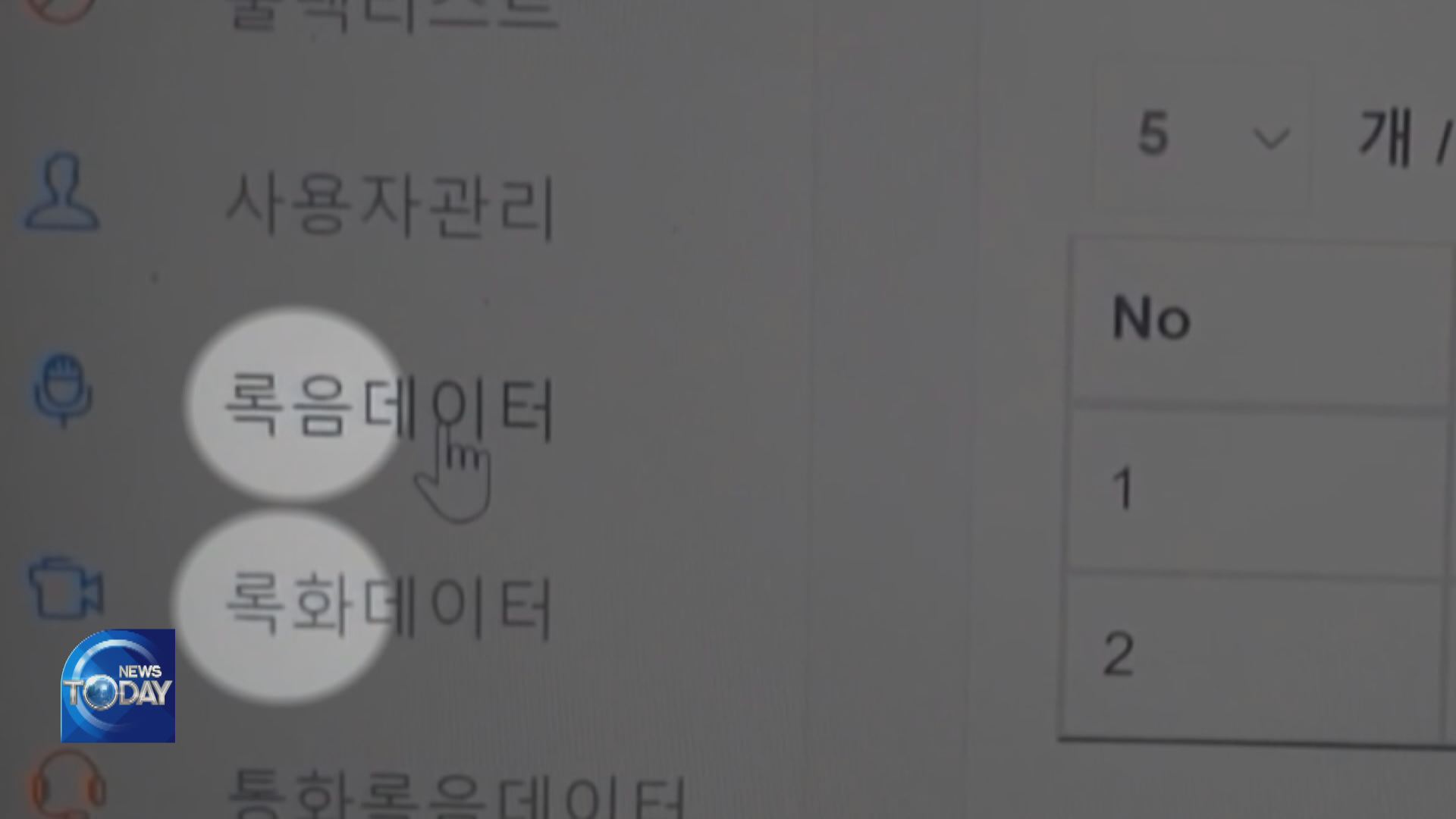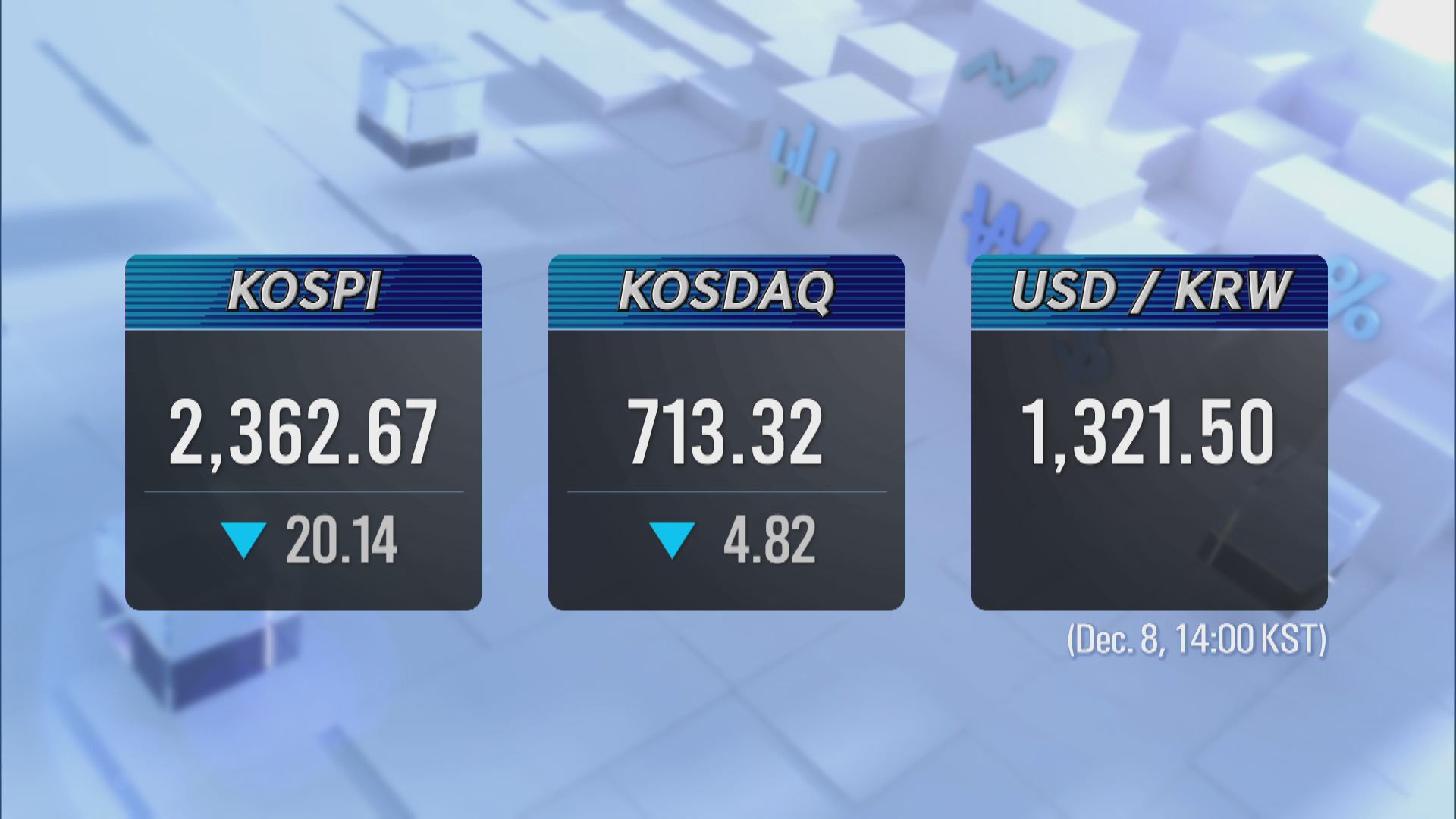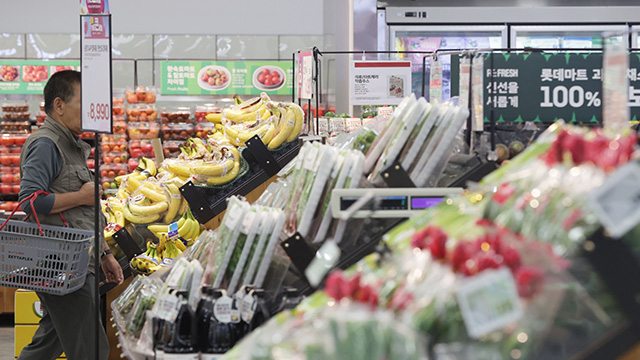SINGLE HOUSEHOLDS PRESSURED BY HOUSING LOANS
입력 2022.12.08 (15:01)
수정 2022.12.08 (16:45)
읽어주기 기능은 크롬기반의
브라우저에서만 사용하실 수 있습니다.
[Anchor Lead]
It's becoming increasingly more common to find single households in Korea. Around 60% of these single households are jeonse or montly renters who chose these options due to the surge in housing prices, but they're now feeling the pressure as interest rates on loans have risen lately.
[Pkg]
This man in his 20s lives alone in a monthly rental flat near his office. He wanted to get a place on jeonse, a lump-sum deposited lease, but he opted to pay monthly rent instead when loan interest rates spiked.
[Soundbite] Jeon Chang-sik(One-person Household) : "I couldn't afford a jeonse deposit. I can ask my parents for help only so much."
As of last year, there were 7.16 million people living alone in Korea. It was found that those younger than 30 account for nearly 20% of all one-person households and around two thirds of this group lives in monthly rentals. A high percentage of twenty-something individuals live in monthly rental housing because of their relatively low income and limited access to large funds. Consequently, they have to spend a large part of their income on housing, increasing their financial burden. The situation is about the same for all single-person households. The annual income of a single-person household is just 42% of those with multiple members. Unlike total households which spend about 12% of their monthly expenditures on housing, those living alone spend 19% of their expenditures on housing. Those living alone, who represent nearly 60% of jeonse or monthly renters, are under even more pressure as interest rates on loans have risen lately. Unlike multiple-member households who wanted housing purchase subsidies, one-person households cited jeonse deposit loans as the most desired housing measure. It was followed by monthly rent subsidy programs.
[Soundbite] Prof. Chung Soon-dool(Ewha Womans Univ.) : "It shows that they are economically more vulnerable than other household types. Age or household types should be factored in when providing assistance."
There should be more varied housing subsidy measures, including those for jeonse and monthly rentals, as it is projected that single-person households would account for 40% of all households by 2050.
It's becoming increasingly more common to find single households in Korea. Around 60% of these single households are jeonse or montly renters who chose these options due to the surge in housing prices, but they're now feeling the pressure as interest rates on loans have risen lately.
[Pkg]
This man in his 20s lives alone in a monthly rental flat near his office. He wanted to get a place on jeonse, a lump-sum deposited lease, but he opted to pay monthly rent instead when loan interest rates spiked.
[Soundbite] Jeon Chang-sik(One-person Household) : "I couldn't afford a jeonse deposit. I can ask my parents for help only so much."
As of last year, there were 7.16 million people living alone in Korea. It was found that those younger than 30 account for nearly 20% of all one-person households and around two thirds of this group lives in monthly rentals. A high percentage of twenty-something individuals live in monthly rental housing because of their relatively low income and limited access to large funds. Consequently, they have to spend a large part of their income on housing, increasing their financial burden. The situation is about the same for all single-person households. The annual income of a single-person household is just 42% of those with multiple members. Unlike total households which spend about 12% of their monthly expenditures on housing, those living alone spend 19% of their expenditures on housing. Those living alone, who represent nearly 60% of jeonse or monthly renters, are under even more pressure as interest rates on loans have risen lately. Unlike multiple-member households who wanted housing purchase subsidies, one-person households cited jeonse deposit loans as the most desired housing measure. It was followed by monthly rent subsidy programs.
[Soundbite] Prof. Chung Soon-dool(Ewha Womans Univ.) : "It shows that they are economically more vulnerable than other household types. Age or household types should be factored in when providing assistance."
There should be more varied housing subsidy measures, including those for jeonse and monthly rentals, as it is projected that single-person households would account for 40% of all households by 2050.
■ 제보하기
▷ 카카오톡 : 'KBS제보' 검색, 채널 추가
▷ 전화 : 02-781-1234, 4444
▷ 이메일 : kbs1234@kbs.co.kr
▷ 유튜브, 네이버, 카카오에서도 KBS뉴스를 구독해주세요!
- SINGLE HOUSEHOLDS PRESSURED BY HOUSING LOANS
-
- 입력 2022-12-08 15:01:00
- 수정2022-12-08 16:45:01

[Anchor Lead]
It's becoming increasingly more common to find single households in Korea. Around 60% of these single households are jeonse or montly renters who chose these options due to the surge in housing prices, but they're now feeling the pressure as interest rates on loans have risen lately.
[Pkg]
This man in his 20s lives alone in a monthly rental flat near his office. He wanted to get a place on jeonse, a lump-sum deposited lease, but he opted to pay monthly rent instead when loan interest rates spiked.
[Soundbite] Jeon Chang-sik(One-person Household) : "I couldn't afford a jeonse deposit. I can ask my parents for help only so much."
As of last year, there were 7.16 million people living alone in Korea. It was found that those younger than 30 account for nearly 20% of all one-person households and around two thirds of this group lives in monthly rentals. A high percentage of twenty-something individuals live in monthly rental housing because of their relatively low income and limited access to large funds. Consequently, they have to spend a large part of their income on housing, increasing their financial burden. The situation is about the same for all single-person households. The annual income of a single-person household is just 42% of those with multiple members. Unlike total households which spend about 12% of their monthly expenditures on housing, those living alone spend 19% of their expenditures on housing. Those living alone, who represent nearly 60% of jeonse or monthly renters, are under even more pressure as interest rates on loans have risen lately. Unlike multiple-member households who wanted housing purchase subsidies, one-person households cited jeonse deposit loans as the most desired housing measure. It was followed by monthly rent subsidy programs.
[Soundbite] Prof. Chung Soon-dool(Ewha Womans Univ.) : "It shows that they are economically more vulnerable than other household types. Age or household types should be factored in when providing assistance."
There should be more varied housing subsidy measures, including those for jeonse and monthly rentals, as it is projected that single-person households would account for 40% of all households by 2050.
It's becoming increasingly more common to find single households in Korea. Around 60% of these single households are jeonse or montly renters who chose these options due to the surge in housing prices, but they're now feeling the pressure as interest rates on loans have risen lately.
[Pkg]
This man in his 20s lives alone in a monthly rental flat near his office. He wanted to get a place on jeonse, a lump-sum deposited lease, but he opted to pay monthly rent instead when loan interest rates spiked.
[Soundbite] Jeon Chang-sik(One-person Household) : "I couldn't afford a jeonse deposit. I can ask my parents for help only so much."
As of last year, there were 7.16 million people living alone in Korea. It was found that those younger than 30 account for nearly 20% of all one-person households and around two thirds of this group lives in monthly rentals. A high percentage of twenty-something individuals live in monthly rental housing because of their relatively low income and limited access to large funds. Consequently, they have to spend a large part of their income on housing, increasing their financial burden. The situation is about the same for all single-person households. The annual income of a single-person household is just 42% of those with multiple members. Unlike total households which spend about 12% of their monthly expenditures on housing, those living alone spend 19% of their expenditures on housing. Those living alone, who represent nearly 60% of jeonse or monthly renters, are under even more pressure as interest rates on loans have risen lately. Unlike multiple-member households who wanted housing purchase subsidies, one-person households cited jeonse deposit loans as the most desired housing measure. It was followed by monthly rent subsidy programs.
[Soundbite] Prof. Chung Soon-dool(Ewha Womans Univ.) : "It shows that they are economically more vulnerable than other household types. Age or household types should be factored in when providing assistance."
There should be more varied housing subsidy measures, including those for jeonse and monthly rentals, as it is projected that single-person households would account for 40% of all households by 2050.
이 기사가 좋으셨다면
-
좋아요
0
-
응원해요
0
-
후속 원해요
0

















이 기사에 대한 의견을 남겨주세요.